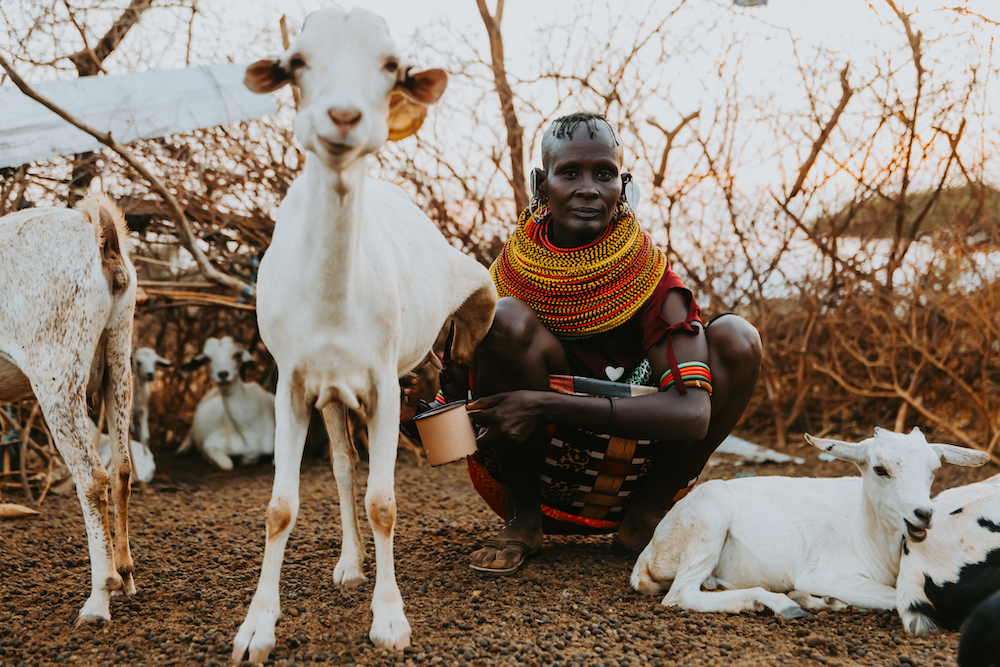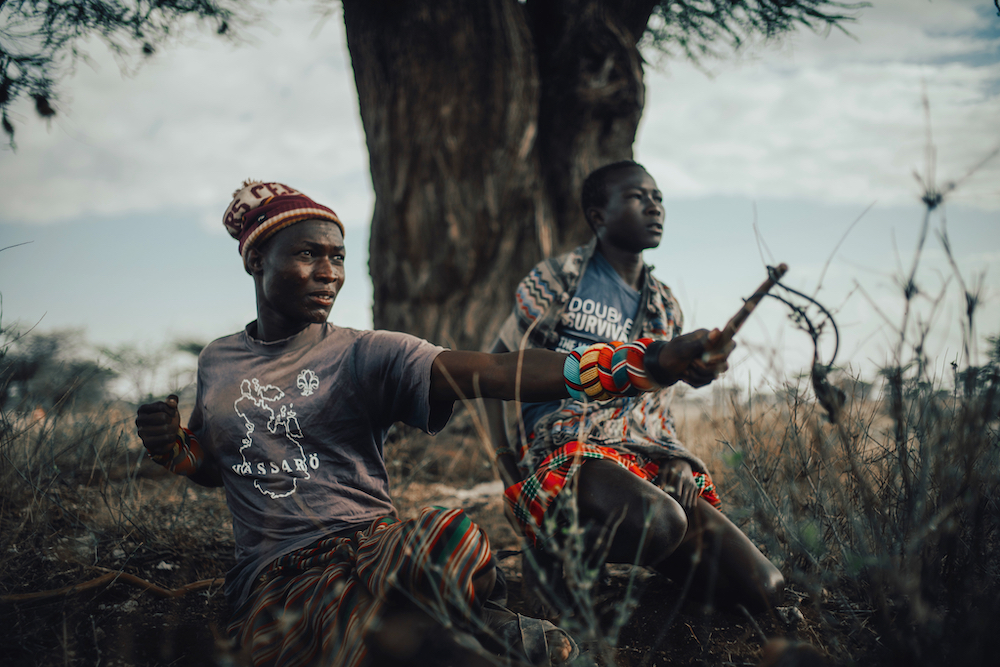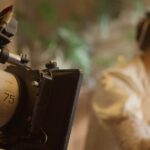
Between the Rains
Posted on Jul 25, 2023
The Turkana-Ngaremara people of Kenya are acutely feeling the effects of climate change. Shot over four years, Tribeca award-winning documentary Between the Rains pulls the impact of global warming into sharp focus
WORDS Robert Shepherd | IMAGES Andrew H Brown/Ragtag Collective
For centuries, humanity has stood upon the precipice of awareness. Climate change, melting glaciers and rising seas, unusually hot summers, dwindling forests and vanishing species remain resounding refrains in any environmental address.
In this grand tapestry, the African continent stands as a storied backdrop, with its parched lands and age-old droughts causing constant consternation for the tribes that inhabit drier regions, like the Turkana-Ngaremara people in north Kenya. These communities have already begun to experience the consequences of climate change.
Nowhere is this devastating story told better than in Between the Rains, winner of the best documentary category at the Tribeca Festival in June. The nomadic people’s way of life and relationship to nature are threatened by extreme drought, and these changes are rapidly altering their culture in the dry periods between rainfall.
The film was blessed with rich local knowledge and experience. Co-director, DOP and editor Andrew H Brown partnered with Moses Thuranira (co-director/producer), a journalist and local activist who has devoted his life to ensuring the communities in Kenya’s northern region have a voice.
Samuel Ekomol (producer) is an activist and science teacher, born and raised in the village where the documentary is set, while Naomi Kambura (producer) is an environmentalist, advocate for climate change action and teacher also based in the north of the country.
Residing by a secluded river deep in rural Kenya, one society endures the repercussions brought about by an erratic and severe climate. The Turkana-Ngaremara people have adopted an agrarian lifestyle. But as grazing land and water resources in Kenya continue to decline, inevitable clashes and a significant deterioration of pastoral traditions prevail. It’s clear that climate change poses an immediate threat to the Turkana community. Between the Rains narrates the coming-of-age journey of an orphaned shepherd boy named Kole – ‘the boy who was born among the goats’ – who is attempting to find his place in a crumbling culture.
It’s not just the story that’s been captivating audiences. Remarkable cinematography captures the delicacy and elegance of East Africa, including the rosy horizon at dusk stretching across vast savannahs, the colossal moon and starry skies, birds’ nests and spiders’ webs, radiant fires, swirling sand and majestic acacia trees. This incredible splendour stands in stark contrast to the harsh realities of human existence.
Documentaries like this are crafted with meticulous care, often requiring years of patient observation and relentless pursuit. Between the Rains is no different – filming took place over the course of four years, during a record low in annual precipitation for northern Kenya. That meant the team faced the unenviable task of whittling 800 hours of footage down to a punchy, digestible one hour 22 minutes.
“Being an international editing team, we used Adobe Premiere Pro as a common platform where we could all speak the same creative language,” remarks Brown. “Our team sees Adobe Premiere Pro as the standard. It’s the one editing software that everyone is familiar with – regardless of where on earth you’re located. While all companies have tools and new developments, Adobe goes beyond that. It sets the creative bar.”
Further potential pitfalls cropped up during principal photography. “When filming in a remote and rural location, where the community has a confined amount of exposure to the wider world, it was important to us that we limited the amount of gear placed between the people in front of the camera and those behind it,” Brown explains. “We needed a turnkey set-up that could keep things streamlined – and let us run and gun without compromising the visual and audio quality. For that reason, we went with the Canon EOS C300 Mark III.
This article appears in the August 2023 issue of Definition. Read the full story here.










